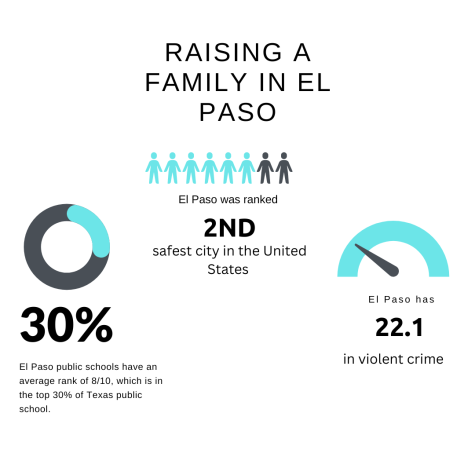Production companies should not glorify serial killers

Illustration / Alondra Skinner
Conversations with a Killer: The Ted Bundy Tapes was released on Netflix on January 24, 2019.
Since the release of Confessions of a Killer: The Ted Bundy Tapes, audiences sympathize with the portrayal of serial killers as misunderstood beings, rather than focusing on the ramifications of their actions.
First and foremost: what Dahmer and Bundy did was reprehensible. However, we as the audience not only allow their narratives to overshadow the lives of their victims but also let their legacies thrive in a glamorized fashion.
While there is nothing wrong with being curious about what drove these serial killers to commit such heinous acts, curiosity becomes an issue when movie or TV producers choose to merely mention the victims with a name drop (sometimes not even that). By focusing more on the murderer and their troubled past, the audience disassociates the crime from its victims.
The audience is constantly being fed the narrative that these serial killers are “handsome” and “charming” and that there must be something wrong with them mentally because there is no way such a person could possibly murder dozens of people.
In the case of Conversations with a Killer: The Ted Bundy Tapes, the show focused on Ted Bundy as a troubled person—not a killer. What Netflix doesn’t tell you – and which director Joe Berlinger takes a long time to reveal – is that Bundy imparts little substance on the tapes. He’s a dreary narcissist, delighted to have reporters hanging on his words. It’s all about him, and not his victims.
The closest Bundy ever gets to even commenting on the murders is when Berlinger asks him “what kind of person could commit these crimes?” forcing Bundy to speak about himself in the third person. Other than this, however, the show allows Bundy to go into detail about his early life, his high school experience, some of college life, his relationships with women, and the “discrimination” he faced while in prison (specifically, how he shouldn’t have even been there in the first place).
Throughout the Netflix show, it is apparent that people blame his mental illness on his actions. Bundy was a diagnosed manic-depressive, now known as bipolar disorder. Conversations with a Killer uses this diagnosis as the key to unlocking the reason behind his behavior—from his murders to his infamous decision to forego lawyers and represent himself during his own trial. His murders are attributed to his “down-phase,” or depressive episodes, and to “a voice in his head” that “would start saying things about women.” The show suggests his decision to represent himself in court can be attributed to his “manic episodes.”
This implies that Bundy’s bipolar disorder made him more inherently dangerous than others, and it allows his actions to be dismissed instead of allowing Bundy to be seen as a monster whose actions were entirely his own. Ultimately, Ted Bundy committed these murders because he liked the power he held over the women he killed. Bundy committed atrocious crimes against his 36 victims and yet he is explained as a side effect of an uncontrollable mental illness.
Another case is My Friend Dahmer, which focuses on the teenage Jeffery Dahmer, following him through his troubled home life and his violent fantasies. Dahmer killed at least 17 young men between 1978 and 1991, and was called the “Milwaukee Cannibal”. Yet, a number of people still look for the good in Dahmer because he was “shy” and “longed for companionship.” Even though the evidence against him was overwhelming, Dahmer pled insanity as his defense due to the nature of his incredibly disturbing and uncontrollable impulses.
Society’s fascination with serial killers is alarming because these men were not some “anti-heroes” wronged by society who were forced to kill or because they were slaves to a mental illness they could not control. Dahmer and Bundy knew that their actions were wrong but they held little to no remorse. Society must stop focusing on the psyche of a serial killer and focus on what a serial killer did to their victims, and the effects on the victims’ families. Only then will people be able to see these men for what they were, and not what they could have been.

Layla Boyer is a senior and has been in newspaper for four years. Her favorite part of newspaper is being able to interact and get to know so many different...












Mom • Apr 10, 2019 at 12:40 pm
Awesome!